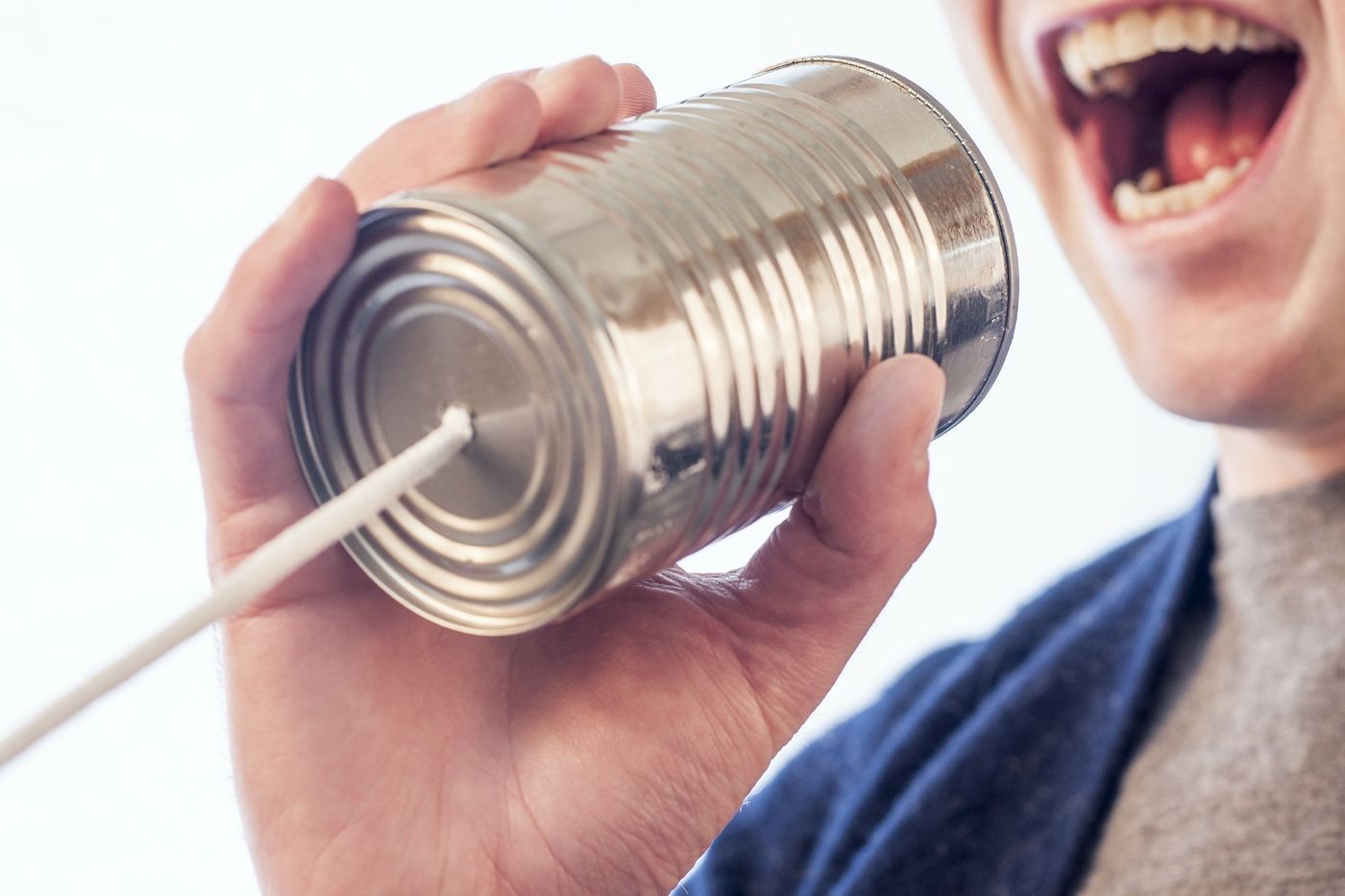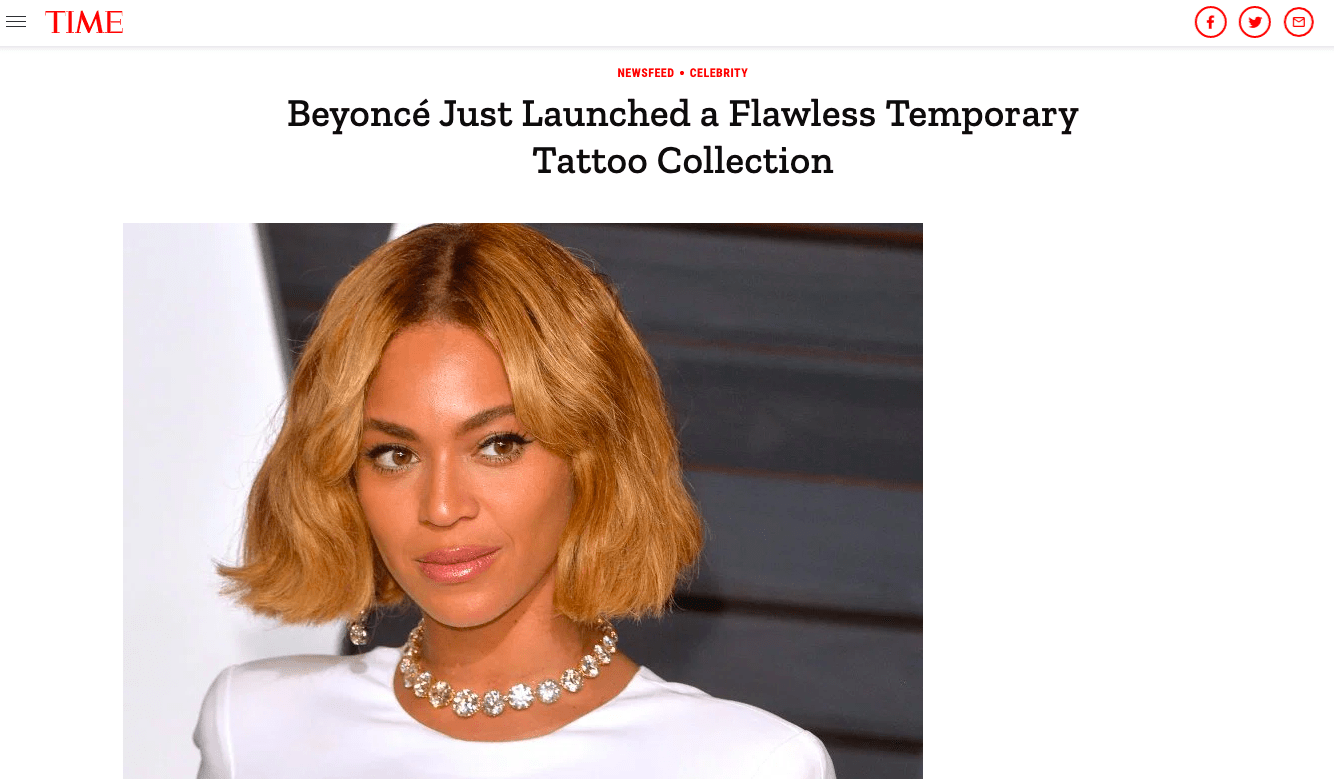[Marketing Sharing] Word of Mouth Marketing 2020: How to Develop Strategies to Improve Community Discussion and Recommended Sales? (superior)

Today, it is becoming more and more difficult to discover new ways to create e-commerce orders, and the competition is becoming more and more fierce. Just setting up a beautiful and beautiful website can no longer make e-commerce stand out. Today, manufacturers need to have a strategy and grasp every A possible opportunity can be successful, but there is an important key that is often overlooked by e-commerce operators - "word-of- mouth marketing" .
What is word-of-mouth marketing?
Word-of-mouth marketing can be said to be a concept derived from the traditional concept of "word-of-mouth". Traditional word-of-mouth is only a phenomenon that spreads through recommendations between people. Modern word-of-mouth marketing includes deliberate creation. Share with naturally occurring user experiences. In today's highly connected world, the recommendation or sharing of a small brand or product may lead to unexpected results, and may even affect the strategy and direction of the entire brand's marketing. Many marketing practices and strategies encourage natural word-of-mouth spread, but online can be more rapid, and word-of-mouth can be made available online through specific events, especially social media operations .
M. Nick Hajili said in the International Journal of Market Research: "The sense of trust brought about by social media significantly affects consumers' willingness to buy, so " creating a sense of trust" is extremely important for e-commerce, which directly affects consumers. Whether to buy and indirectly affect the experience of use. 』

Natural word of mouth vs expanded word of mouth
Non-oral marketing occurs in two ways: naturally or through marketing and advertising campaigns. These two situations often overlap each other. Natural word-of-mouth will be enhanced through good word-of-mouth marketing. Conversely, the accumulation of natural word-of-mouth will also enhance the effect of word-of-mouth marketing. This means that if you have accumulated some natural word-of-mouth on the Internet, then you It is easier to achieve marketing purposes when conducting word-of-mouth marketing activities.
Natural word-of-mouth: The word-of-mouth phenomenon that occurs when consumers naturally have the desire and enthusiasm for recommendation because they are satisfied with the product.
Expanding word-of-mouth: word-of-mouth created by encouraging or accelerating the generation and accumulation of word-of-mouth through activities initiated by marketers.
Relevant statistics for word-of-mouth dumping:
- According to a Nielsen survey, 92% of consumers trust recommendations from friends and family more than any form of advertising, and even academic research points to word-of-mouth marketing as having a direct impact on conversions.
- 88% of consumers say that in addition to trusting recommendations from friends and family, they also trust online reviews from other consumers on the web as much as they trust friends and family.
- 74% of consumers believe word of mouth is a key factor in their decision to buy, but only 33% of businesses are actively collecting these online reviews.
Although some researchers have studied various cases and found that when word-of-mouth increases by 10% (regardless of the form of online and offline word-of-mouth), sales increase by 0.2-1.5%, but this does not mean that word-of-mouth marketing is just "doing good marketing and getting referrals." Introduce or recommend” is as simple as that.

Why should you care about word-of-mouth marketing?
The strategy of designing cool social ads or AI experiences may seem more exciting and effective, but a strong word-of-mouth strategy is at the heart of a business and can lay the foundation for building other directions.
Advantages of word-of-mouth marketing:
1. Increase sales without advertising: Many brands such as [Hustle], [Bangs] and other shoe-selling e-commerce brands have replaced advertising with word-of-mouth marketing to increase the number of fans and sales.
2. Build a community instead of a community rather than just selling products: The role of word-of-mouth marketing is to build a loyal fan base, rather than simply attracting consumers to buy. Through word-of-mouth marketing, customers with higher participation can increase their purchases. frequency, while recommending and referring more family and friends around them, thereby extending the strategic return on investment cycle and increasing customer brand loyalty.
3. More funds are more flexible: Brands with high customer loyalty and repeat purchases will have the opportunity to obtain more angel investment and venture capital, because the brand has a higher CLV (Customer Lifetime Value, user lifetime value) and more. Low CVC (Customer Acquisition Cost, customer acquisition cost), these two indicators are regarded as one of the most important early evaluation factors of a company's healthy business model.
annotation:
- CLV : Customer Lifetime Value, the lifetime value of users, represents the sum of the benefits that the customer will obtain for the enterprise during the entire process from entry, consumption to loss, that is, the benefits that the customer will bring to this product in the entire future.
- CVC : Customer Acquisition Cost, customer acquisition cost, refers to the average cost of acquiring a single customer.

Successful word-of-mouth marketing can affect three key factors in a brand:
1. Brand Loyalty:
According to the National Law Review magazine, it costs five times more to acquire new customers than to maintain old ones. Bain & Co also estimates that retaining 5% more customers can boost the company's profits by 75%.
Just imagine, a small word-of-mouth marketing or publicity can retain existing consumers and at the same time allow consumers to refer more new consumers to consume. In addition, who will continue to consume with the brand? Bringing new consumers to the brand? It can be said that you have a promotion machine that continues to advertise for you.
2. Brand trust:
About 75 percent of consumers don't trust brand advertising, but 90 percent trust the advice of family and friends, and 70 percent trust other consumers' online reviews, according to digital marketing software platform HubSpot. In other words, people trust family, friends and even strangers (netizens) more than advertisements. Word-of-mouth marketing recommends brands through this operating principle, especially for first-time consumers who are more likely to use such recommendation information as whether to buy or not. basis.
3. Create network volume and discussion:
Good advertising and a perfect sales channel are the best for a brand, but to really make a brand famous, it requires a lot of discussion on the Internet and social networking sites. Good word-of-mouth marketing can increase this. The possibility of something happening! Expand the discussion group, and sometimes you can even spark a buzz in a well-known newspaper and magazine!
In fact, this is the real case of the tattoo sticker brand [Flash Tatoo] and the well-known actress Beyonce. Flash Tatoo carried out word-of-mouth marketing strategies through Instagram during the festival, and successfully attracted the attention of Beyonce, and then Beyonce Silk took the initiative to cooperate with the brand and launched a joint tattoo sticker, which became the headlines of media such as [Buzzfeed], [TIME], [Mashable], [Marie Claire], [Entrepreneur], and Flash Tatoo also increased by 1,100%. sales performance.

Original translation: 【 BigCommerce : Word of Mouth Marketing in 2020 】
The first half of the translation is shared above, and I will share the second half of the translated article when I have time. Thank you for watching.
Like my work? Don't forget to support and clap, let me know that you are with me on the road of creation. Keep this enthusiasm together!
